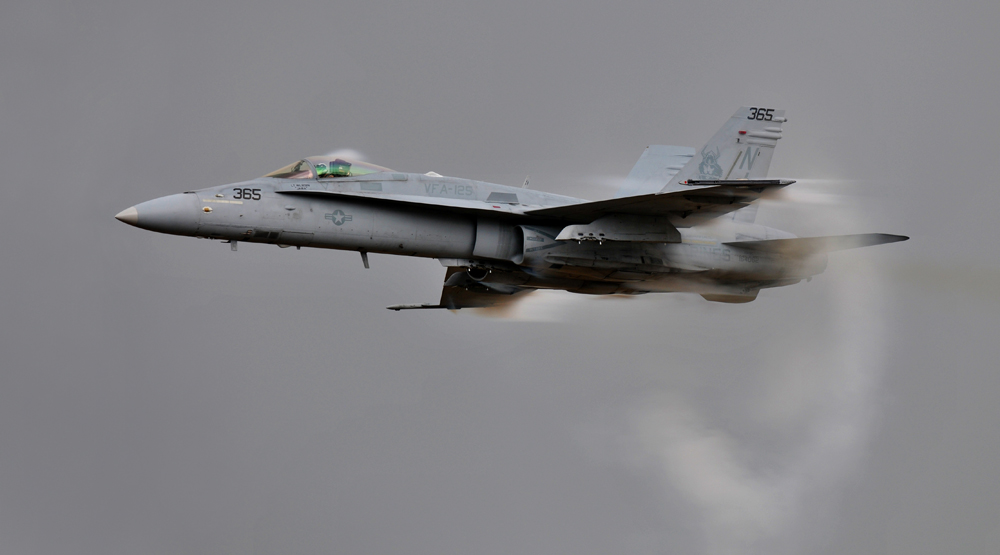| Did you ever notice how few really great photographs that are made in bad weather? Well, let me tell you, as a photographer for over 30 years having lived in Utah, Alaska and Oregon there are two things that cameras don't like. The first is dirt. Whatever form it comes in: Sand, dust, soil, clay, pebbles, rocks and so forth. Dirt gets into the inner workings of a camera and wreaks havoc on the whole system. Lenses too are compromised when dust or dirt are around. Dirt track racing and the beach are especially hard on cameras and lenses. For those of you that have one of those all-in-one point and shoot type of cameras, be really careful, as one little grain of sand in the lens can make the whole camera seize up. And then there is water. Just ask my camera repairman extraordinaire Steve Kew in Provo Utah. He will tell you that water is the #1 killer of cameras. Especially salt water and flood water, but any water can be deadly. So photographers know this and most would rather keep their photo gear tucked safely inside on less than ideal days. When you have thousands of dollars invested why risk it? Well, guess what? We live in Oregon folks and it rains here. It rains all the time! | Not as much as Seattle, or say Ketchikan, Alaska but in November to May it's wet about half of the time. If I left my camera home when it looks like rain then I wouldn't get much done as a commercial photographer. When I was in college I had the opportunity to work with a couple of great Sports Illustrated photographers Peter Read Miller and Richard Mackson. Mackson had this super little device that he attached to the side of his monopod that was like a clamp. He had it machined perfectly to fit the shaft of an umbrella. At the first hint of rain, he would quickly attach his umbrella that would protect him and his expensive photographic gear from the elements. Now days there are some great grip devices that essentially do the same thing, and that is what I use. I made this photograph on one of those lousy, windy, wet and rainy days. When most photographers say to heck with it. One of the reasons that I venture out is because you never know what kind of cool shots that will come as a result of the subject interacting with the weather. Here, the F-18 Hornet made a high-speed low pass and as it hit the rain at over 400 mph it instantly turned into water vapor in dramatic fashion. Get out there! And don't forget to take off the lens cap! |
|
1 Comment
|
Lynn HowlettI'm often asked if I miss shooting with film. In a word... No! Archives
November 2017
Categories
All
SassalityMy Epic sister-in-laws blog
Deepwood Studio |



 RSS Feed
RSS Feed